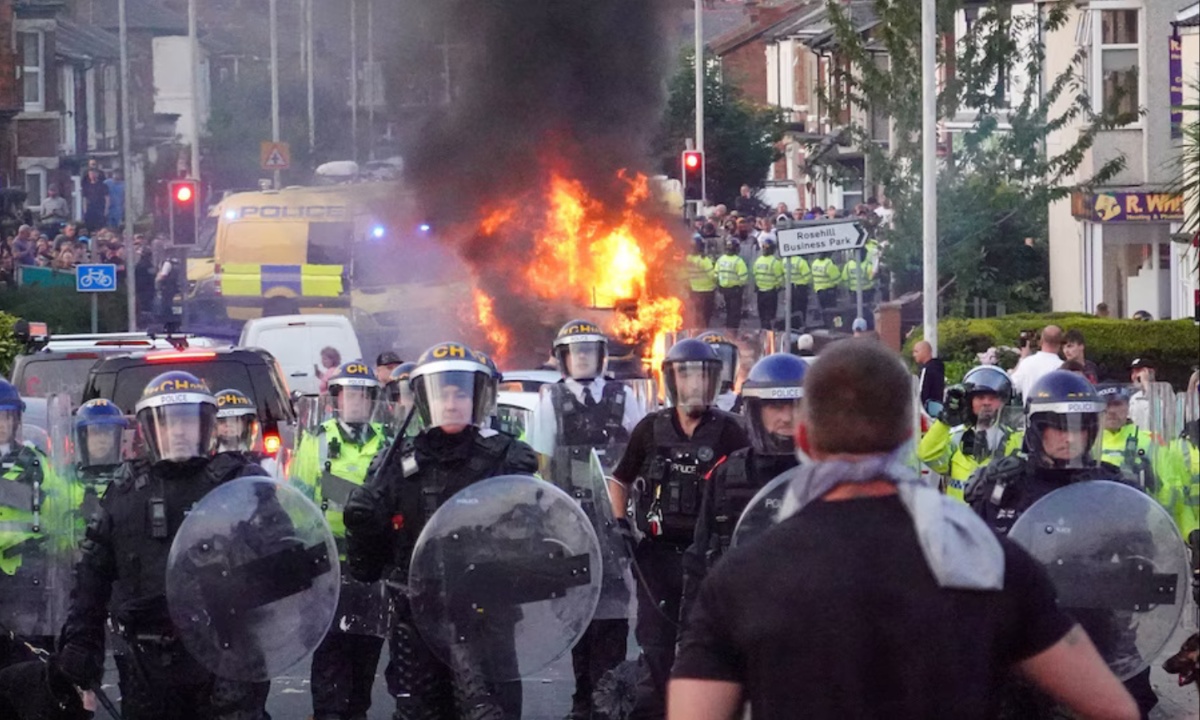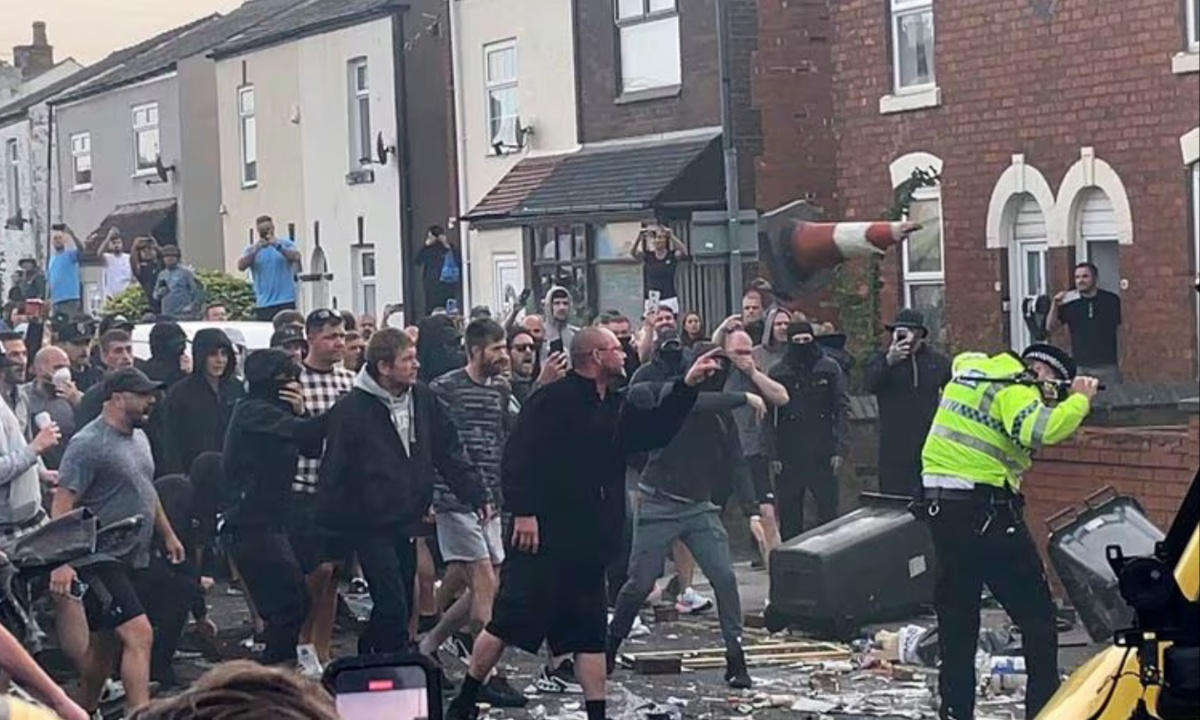The 1996 Dunblane massacre in the UK, where 16 children and their teachers were killed, led to a massive public outcry and significant changes in gun legislation within a year and a half. In contrast, the recent violence in Southport following a horrific attack on a dance class has resulted in widespread riots and social unrest, exacerbated by the role of social media in spreading anger and disinformation.
This divergence highlights the impact of modern communication technologies on public reactions to tragedies.
Filipino journalist and Nobel Peace Prize winner Maria Ressa notes that the radicalization of the public, once mediated by leaders, is now driven by social media algorithms that promote divisive content.
She points out that while propaganda and violence have always existed, social media has mainstreamed these elements, as evidenced by events like the US Capitol attack on January 6. The shift from traditional to digital communication has transformed how outrage and misinformation spread, leading to more fragmented and polarized societies.
Experts like Julia Ebner from Oxford University’s Centre for the Study of Social Cohesion draw parallels between the Southport riots and similar events in other countries, such as the 2018 Chemnitz riots in Germany and the January 6 insurrection in the US.

Social Media’s Impact on Public Reaction to Tragedies Comparing Dunblane Massacre and Southport Riots
They highlight the role of alternative information ecosystems, including platforms like Telegram and Parler, in rapidly spreading disinformation and mobilizing people toward violence. These platforms often operate outside the mainstream media’s purview, fostering extremist ideologies.
Jacob Davey from the Institute for Strategic Dialogue describes the Southport riots as a “perfect storm,” with the rise of the far right in the UK bolstered by social media platforms reducing measures to curb hate speech. Despite growing awareness among academics and policymakers, little has been done to address the root causes of online radicalization.
This inaction allows the problem to worsen, as highlighted by Ressa’s comparison to addiction, where repeated exposure to disinformation leads to significant behavioral changes.
The UK’s recognition of far-right extremism as a major domestic terror threat has not translated into effective action against the technological enablers of such ideologies.
The persistence of disinformation and the lack of regulatory measures highlight the challenge of addressing the structural changes in communication that facilitate the rise of populism and authoritarianism. Incidents like the Southport riots underscore the need for comprehensive strategies to counter online extremism.
The global nature of these issues is evident, as the patterns of rising far-right politics and the use of social media to amplify emotions like anger and fear are consistent across different countries.
Ebner notes that far-right movements have effectively utilized these platforms to respond rapidly to events, creating a sense of collective learning and coordination. The mainstreaming of far-right rhetoric by politicians further blurs the lines between fringe and mainstream ideologies.
The political response to these challenges remains uncertain. While leaders like Keir Starmer face pressure to address the spread of online extremism, proposals such as increased facial recognition surveillance may create additional tech-related harms. Civil liberties groups argue for more thoughtful, long-term approaches rather than reactive measures that may infringe on privacy and rights.
Ultimately, addressing the deep and entrenched issues of power and technology requires a comprehensive and mature dialogue about the digital future.
Legal experts like Ravi Naik advocate for systemic changes, including stronger enforcement of data use regulations and proactive measures to prevent incitement to violence. The current crisis highlights the urgency of these discussions and the need for sustained efforts to mitigate the risks posed by the digital information landscape.











































